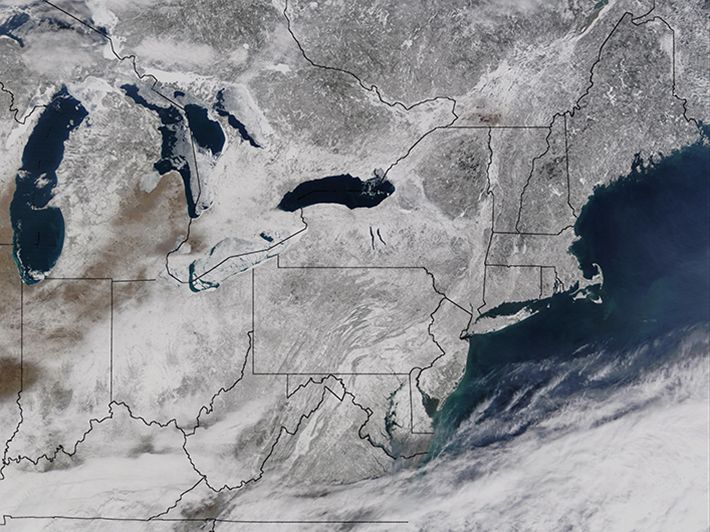Research Page
Snow
Cryospheric Sciences in conjunction with Hydrological Sciences has a strong snow research activity that addresses the extent, water equivalent, depth and albedo of the world's snow cover. We have long been leaders in developing algorithms that provide estimates of Snow Water Equivalent (SWE) from passive microwave observations and MODIS data. SWE determination is a challenging area of critical importance in hydrospheric research with the goal of providing an all-weather global SWE observational capability. Recent progress has been accomplished with a combination of field in-situ measurements (the Cold Land Processes Experiment - CLPX), field microwave observations and satellite data to quantify errors in global SWE determination, and to formulate reduced-bias algorithms that can reliably estimate SWE. In addition, detailed passive microwave and MODIS comparisons are leading to a combined visible and near-infrared global snow-mapping SWE algorithm. Highly reflective snow cover plays an important role in the Earth's energy balance because of its high reflectivity, in the climate of the Earth through the importance of energy and moisture exchanges between the Earth surface and the atmosphere. For this reason, understanding the extent and duration of snow cover is critical. Using the highly senstivive MODIS instrument, scientists are able to monitor snow cover and incorporate this characteristic into land and climate models.

